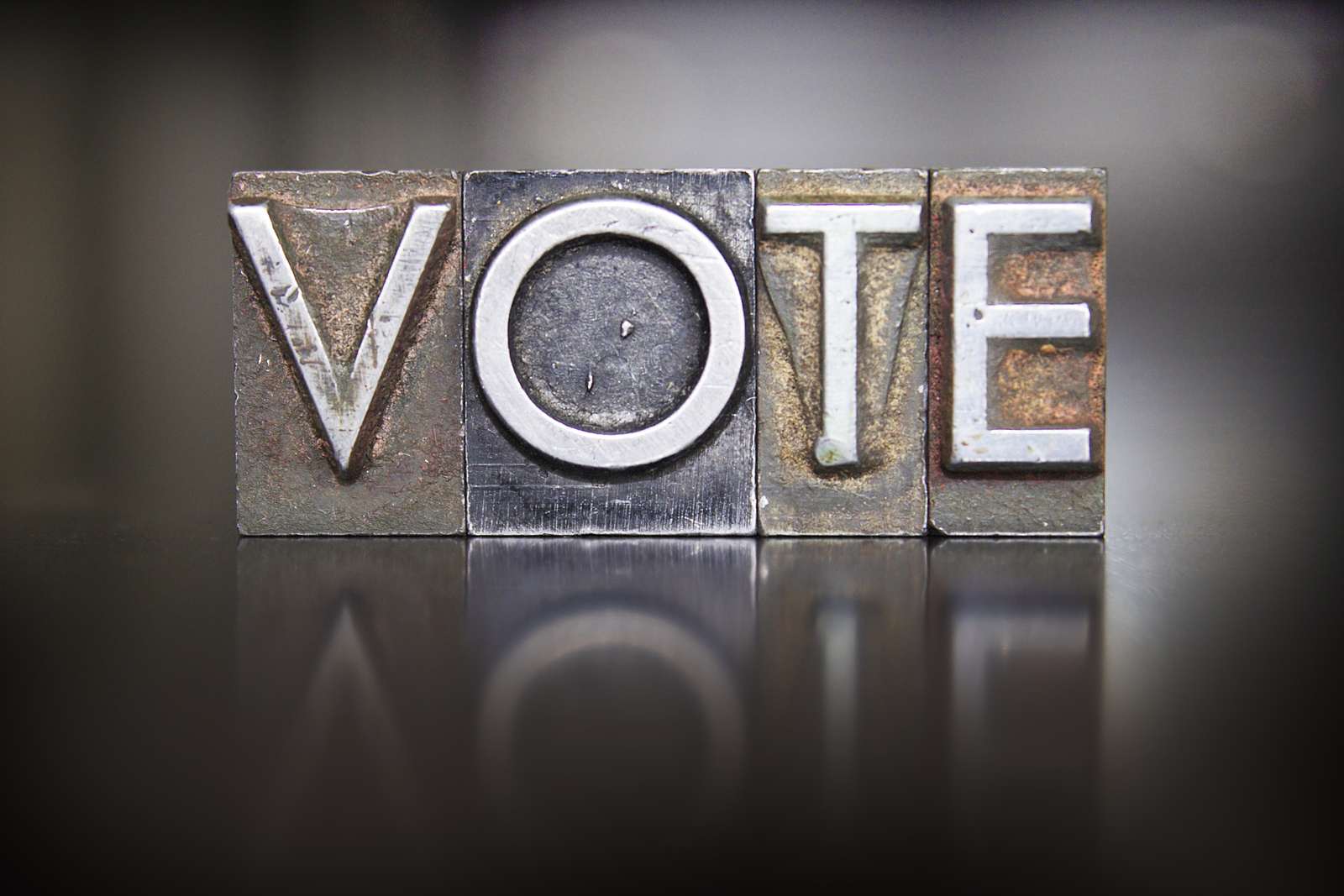The electoral system is the fundamental architecture of a democracy, the mechanism through which the preferences of millions of citizens are translated into legitimate government. For decades, Canadians have grappled with a central tension: does our current “First-Past-the-Post” system accurately reflect the will of the people, or does it distort it, creating governments that do not command the support of a majority and leaving millions of voters feeling unheard? This is the full story on the debate over electoral reform in Canada.
Part I: Canada’s Current System — First-Past-the-Post (FPTP)
Canada’s federal electoral system is a single-member plurality system inherited from the United Kingdom. In each of the country’s 343 ridings, the candidate who receives the most votes—a plurality, not necessarily a majority—is declared the winner. This is why FPTP is often described as a “winner-take-all” system. The independent agency Elections Canada administers this process.
The Consequences of FPTP in a Multi-Party System
While simple, critics argue that FPTP produces a series of significant democratic distortions in Canada’s modern multi-party landscape.
- “False Majorities”: The most prominent criticism is its tendency to produce “false majorities,” where a party wins a majority of seats (and 100% of the power) with a minority of the popular vote. For instance, in 2015, the Liberal Party won 54.4% of the seats and a majority government with just 39.5% of the popular vote.
- Disproportional Results: A party’s share of seats often bears little resemblance to its share of the national vote. This systematically benefits parties with geographically concentrated support while penalizing those whose support is spread more evenly across the country.
- “Wasted Votes” and Strategic Voting: A “wasted vote” is any vote cast for a losing candidate. In the 2015 federal election, over half of all voters cast a ballot for a candidate who did not win. This reality compels many Canadians to engage in “strategic voting” instead of voting for the party they truly prefer.
Part II: The Principle of Proportionality — An Alternative Vision
In response to the flaws of FPTP, advocates for reform propose a different approach based on the principle of **Proportional Representation (PR)**. The fundamental idea is that the share of seats a political party holds in a legislature should be directly proportional to its share of the popular vote.
Mixed-Member Proportional (MMP) – A Hybrid Model
MMP is a hybrid system designed to combine the best features of both worlds: the direct local representation of FPTP and the overall fairness of a proportional result. Under MMP, each voter casts two votes: one for a local candidate and one for a political party. The local winners are elected, and then additional “top-up” seats are awarded from party lists to ensure the final seat count in the legislature is proportional to the party vote. This model was recommended for Canada by the Law Commission of Canada in 2004.
Single Transferable Vote (STV) – A Candidate-Centric Model
STV, or Proportional Ranked-Choice Voting, is another prominent PR system. It achieves proportionality by electing a small team of representatives from multi-member ridings using a ranked ballot. Voters rank candidates in their order of preference (1, 2, 3, etc.). If a voter’s first choice is eliminated or has surplus votes, their vote is transferred to their next preference, ensuring very few votes are “wasted.”
Part III: The Political Landscape of Reform in Canada
The debate over electoral reform is deeply partisan, with parties’ positions often aligning with their own strategic self-interest.
The 2015 Liberal Promise and the ERRE Committee
The most recent and high-profile chapter began during the 2015 election campaign, when Justin Trudeau made a clear promise: “2015 will be the last federal election conducted under the First-Past-the-Post voting system.” After winning a majority, the government established the Special Committee on Electoral Reform (ERRE). In its final report in December 2016, a majority of the committee’s members recommended that the government design a system of proportional representation. However, in February 2017, the Prime Minister formally abandoned the promise, stating that a clear consensus on a specific alternative had not emerged.
Party Positions and Advocacy
The positions of the major political parties are generally as follows:
- The **Conservative Party** is generally a defender of the First-Past-the-Post system.
- The **NDP** and the **Green Party** are long-standing and consistent advocates for a move to Proportional Representation.
- The **Liberal Party’s** official platform has been silent on the issue since 2017, though there is strong support for reform among its grassroots members.
The public debate is also significantly shaped by non-partisan citizen groups, most notably Fair Vote Canada, which advocates for a citizen-led process to choose the best PR model for the country.
Conclusion: An Unresolved Question for Canada’s Democracy
The choice of how we vote is not a problem with one right answer, but a reflection of the values a society chooses to prioritize in its democratic life. Should our system prioritize efficiency and stability, or fairness and representation? The debate over electoral reform is a vital and necessary conversation for every engaged citizen, as it goes to the very heart of what we expect from our democracy.

